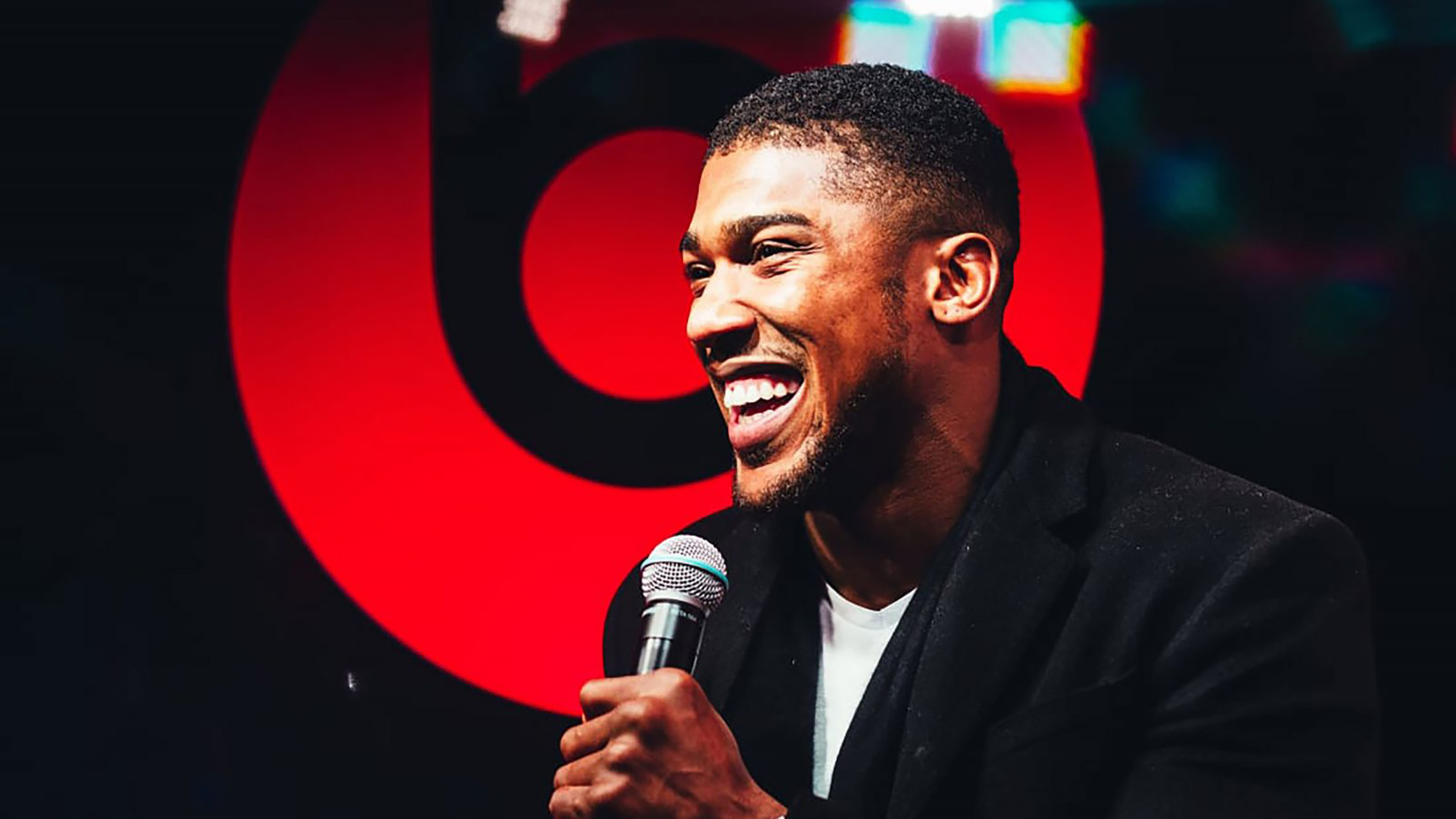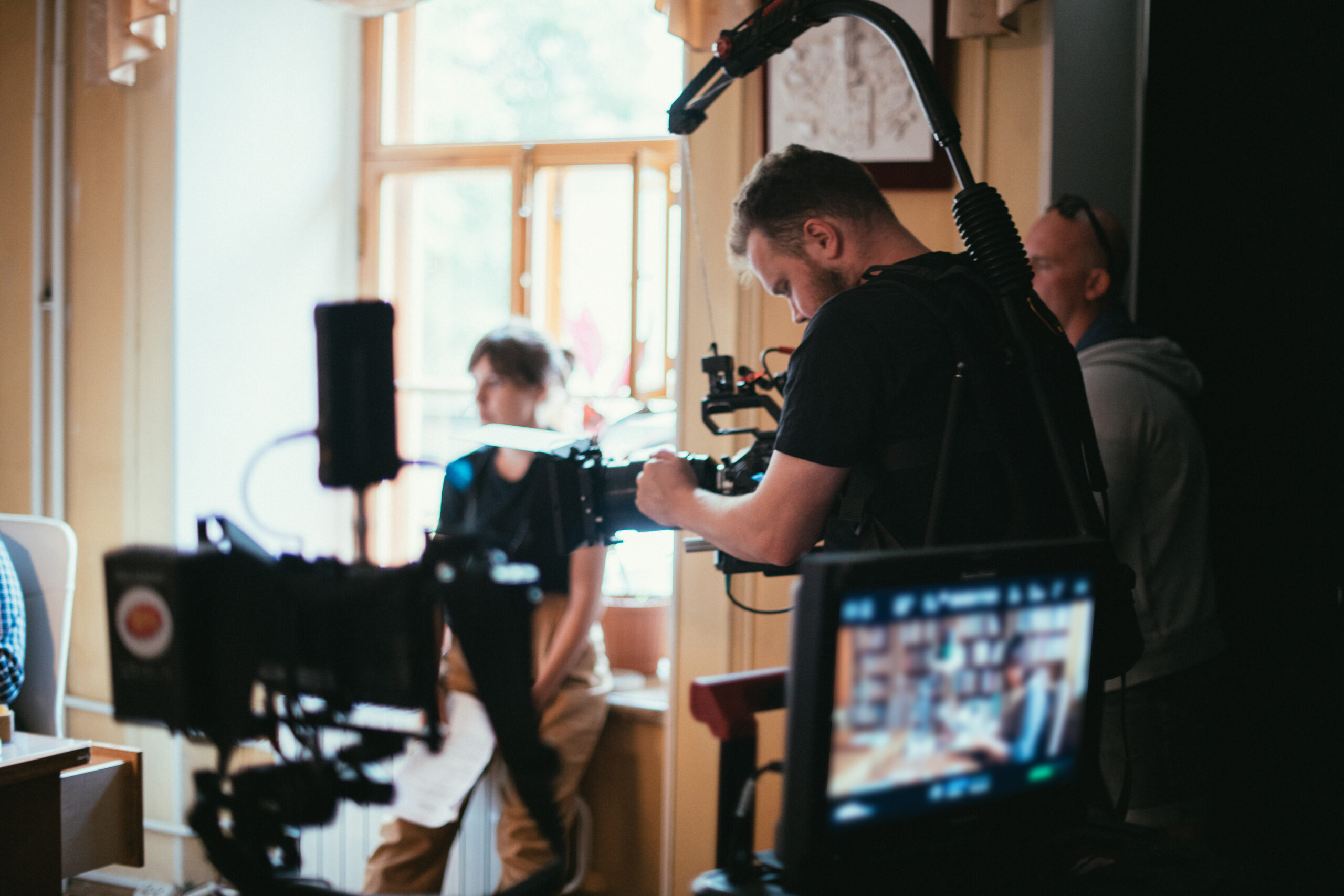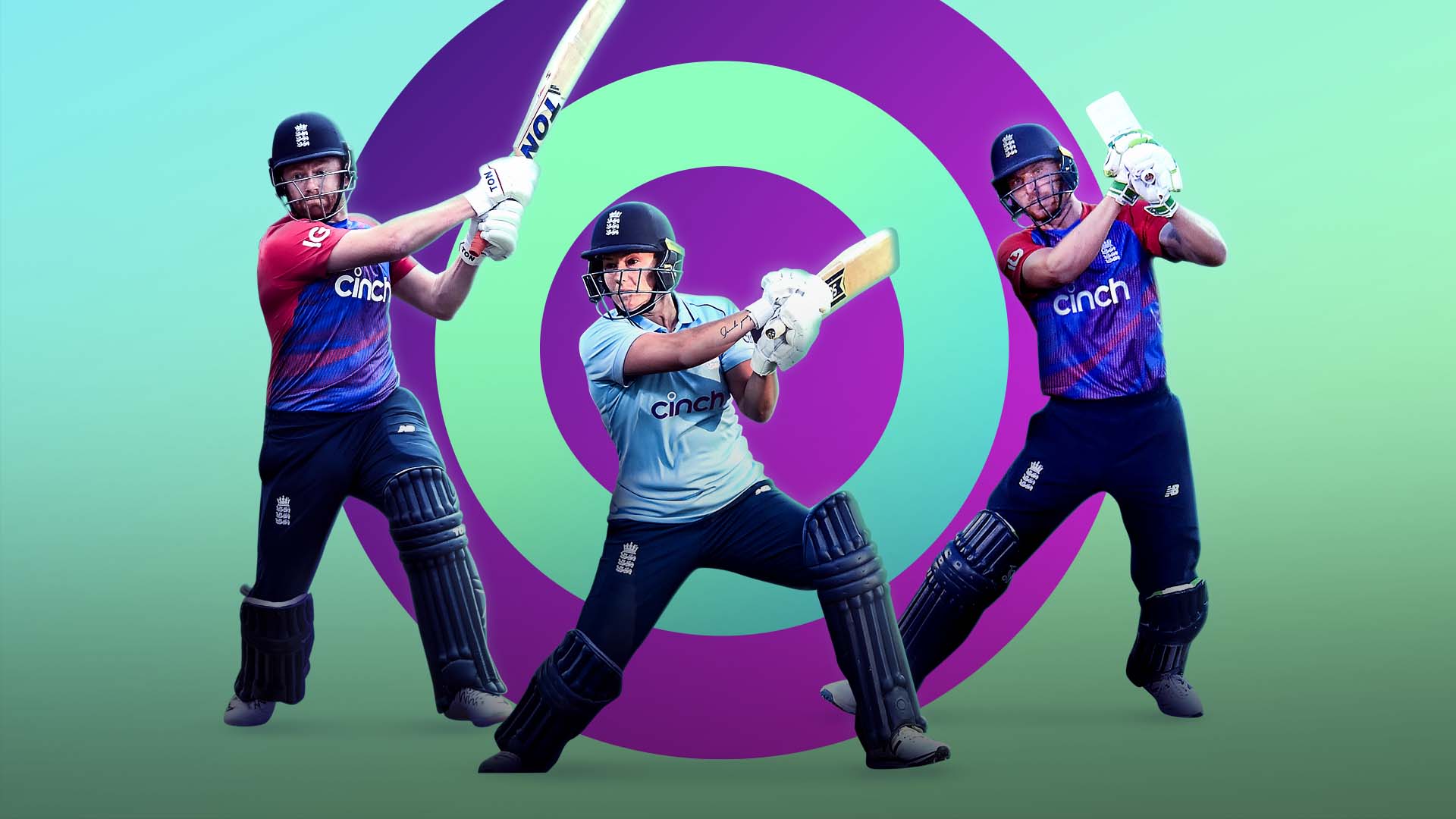This is the first World Cup where brands have heavily activated around the tournament through digital channels – when they have no sponsored right to do so. Since South Africa 2010, Facebook has more than doubled its monthly active users, Twitter users now send more than 10x as many tweets per day and now Instagram exists! The social media landscape has been transformed in four years, and gives an indication to why brands are putting the effort into activating around Brazil 2014. Surely all this chatter around an event is a dream come true for the official sponsors? It’s not quite that simple.
In a recent study by Unruly Media, only four of the top 11 most viewed brand ads about the World Cup were from sponsors. Less than half. Continental Tyres – one of the leading official sponsors, didn’t feature at all. Sony – an official partner, are nowhere to be seen.
Unsurprisingly, Nike use their assets and force the relation in the minds of consumers. All the Nike-sponsored teams and players were involved in their heavy-cost ad that implies they are official sponsors – but they’re not. If you did a poll, how many would say Nike were a main World Cup sponsor?
Beats have come out trumps from this World Cup through an impressive ad utilising their playing assets. Again, no ‘right’ to have a World Cup conversation but used World Cup players to enable the link with the consumer.
Obviously the study isn’t flawless, but it does continue to highlight an interesting question. In the digital age, is there still the same value in being an official sponsor?
To answer the question, it’s worth dissecting a sponsorship package to understand where the value still lies, and where better to look, than FIFA.
FIFA state that a sponsor benefits from “Wide product category exclusivity which is afforded to all Commercial Affiliates, allowing each brand to distinguish themselves from competing brands in their product category.” Now, whilst this has been aggressively reinforced in and around the stadiums, this is far from true in a digital space. To start with, look at the table above. Nike above adidas, Samsung above Sony and Nissan above Hyundai. Not looking that distinguished from competitors there…
But has that stopped Newcastle Brown Ale benefitting from the platform? Not one bit.
Another key benefit outlined by FIFA, is “offering a unique platform vis-à-vis their competitors.” This point is the crux of the debate. I would argue that this platform has disintegrated in recent years. Social media has enabled brands without the official connection to ambush these ‘unique platforms’. You only have to consider the Suarez incident.
There was a clamour for attention from brands off the back of the biting incident, but how many were official? The only one that springs to mind, was the Uruguayan Mcdonald’s Twitter account, which was more than likely not signed off in the higher echelons of Mcdonald’s as FIFA would absolutely frown upon sponsors discussing the incident!
Aside from the conversation, what else do FIFA sponsors have the ‘right’ to use? They can use official tournament title and logos – but is it beneficial, or is that in fact a hindrance? When using social media, audiences have developed an eye for official titling, and have almost developed an instinctive filter to those posts. Besides, as seen with the Snickers tweet above, who needs to reference the World Cup when over 5,000 tweets per second are being sent? Everyone knows what you’re talking about. In fact, could we go further and ask whether it could be better to work unofficially?
So, taking all this into account, does the traditional sponsorship model need altering to include further digital rights and should sponsors be negotiating harder to get this cover? Surely when their competitors begin to be more prominent in discussions over the World Cup, for example, surely they have a right to question costs?
Perhaps the new ideal ‘bigger brand’ model will follow the likes of Nike and Beats who find themselves less restricted by buying direct player assets and activate on an unofficial basis. Bigger brands will increasingly explore these opportunities in a creative capacity to give them the right to participate more heavily in these conversations. As for the smaller brands, they’ll continue to jump in and out when there’s a product link, and get small wins when they can.
There’s obviously still value in sponsorship. Access to assets like players and visible advertising rights are ultimately beneficial. However, social media allows a conversation to be had by brands when they couldn’t do so before without treading on toes and this is where sponsors need to be tougher on their sponsorships to maximise the value they receive on a digital platform, as well as a physical.
This is a topic that a dissertation could focus upon, and I’ve just brushed the surface here, but what do you think? Is the value of a sponsorship still the same and how has it been affected by the rise of social media? What should brands do to fight competitors on both platforms?






